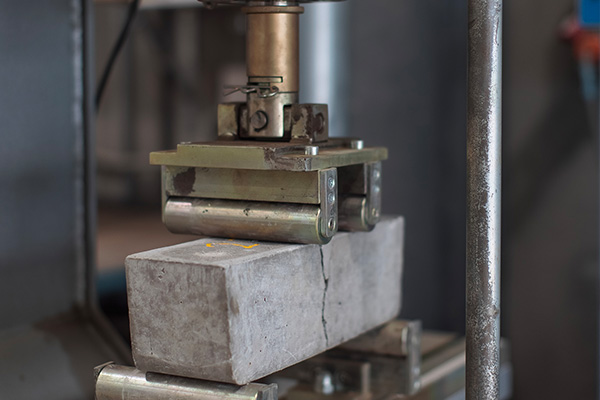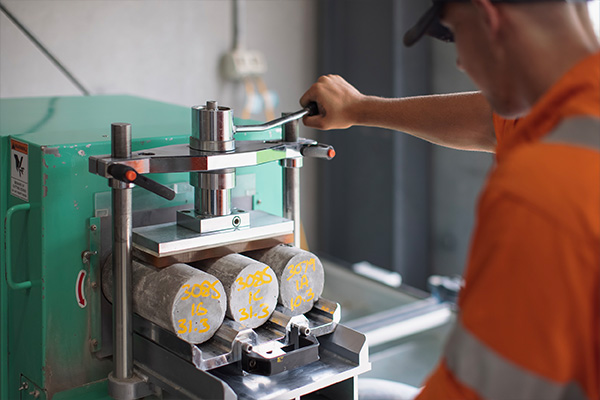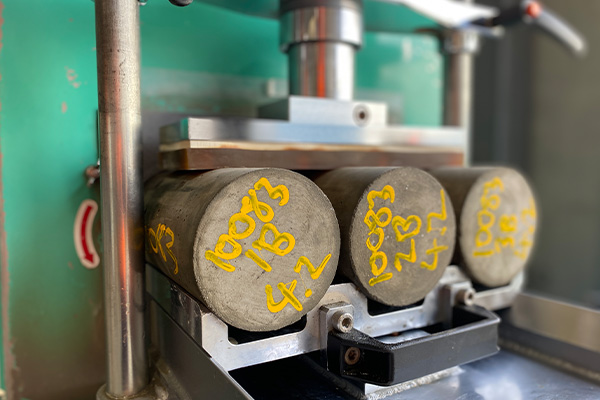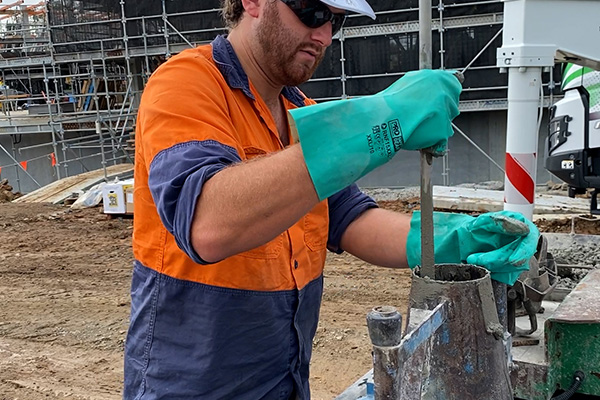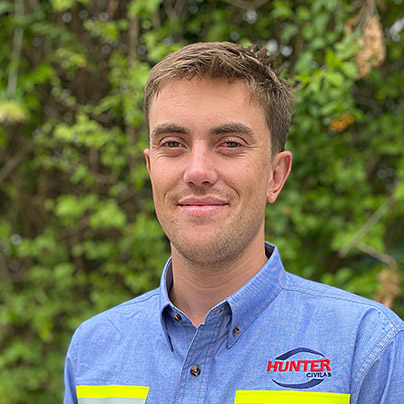OMC and MDD are determined through laboratory testing using a standard compaction test, such as the Proctor Compaction Test or Modified Proctor Compaction Test. These tests involve compacting a soil sample at different moisture contents and measuring the resulting dry density. The OMC and MDD values are then determined from the test results.
The Optimum Moisture Content (OMC) is the moisture content at which a soil sample has the maximum dry density or the highest density that can be achieved by compacting the soil at that particular moisture content. At the OMC, a soil is considered to be in its most workable state and can be compacted to achieve maximum strength and stability.
The Maximum Dry Density (MDD) is the maximum density that can be achieved by compacting a soil sample at its optimum moisture content. MDD is an important parameter in soil mechanics as it helps in determining the bearing capacity, shear strength, and stability of the soil.
Maximum Dry Density (MDD) and Optimal Moisture Content (OMC)
- AS1289.5.4.2
